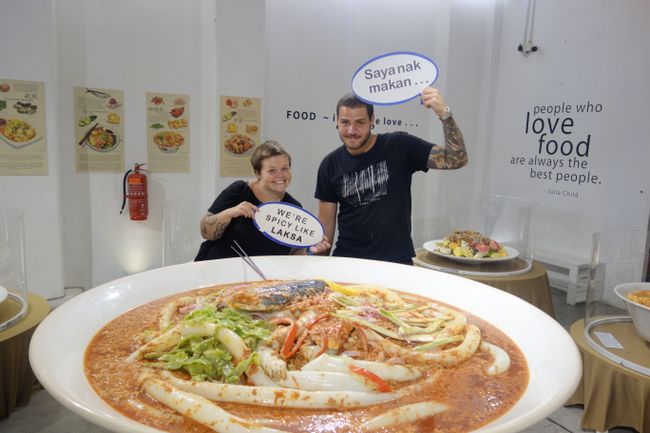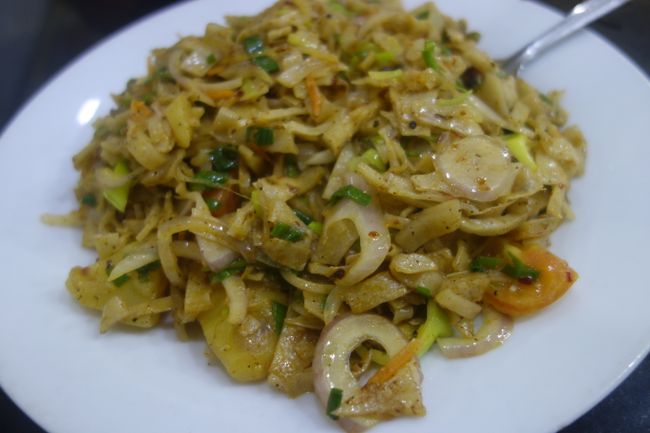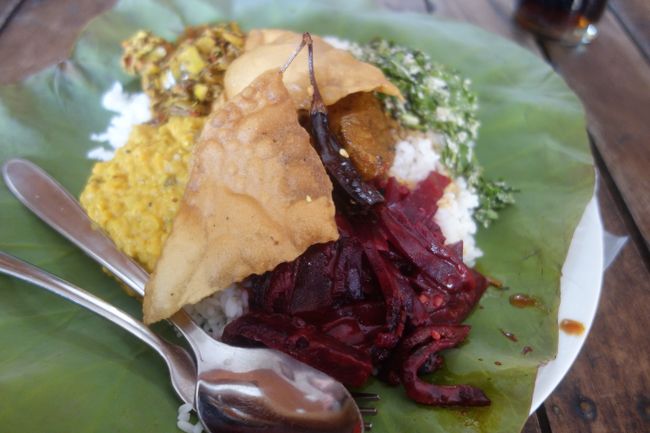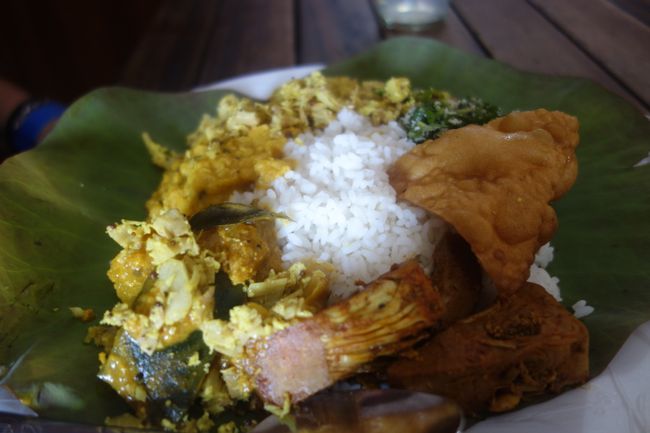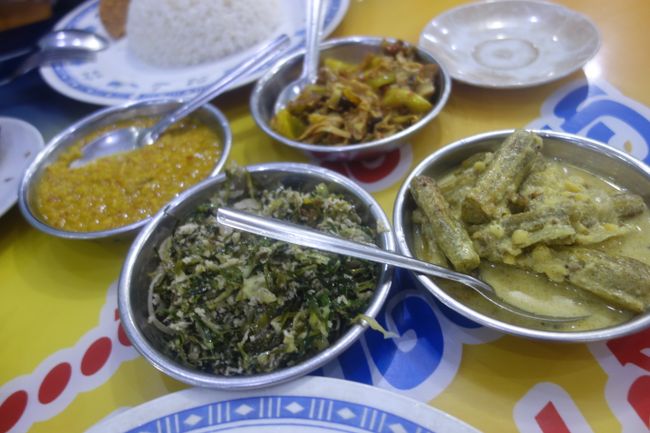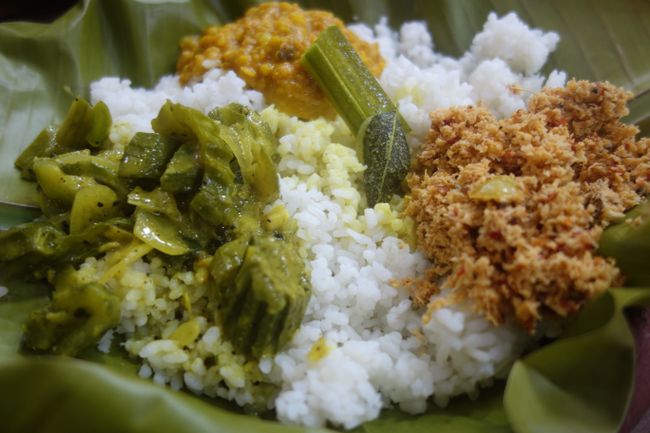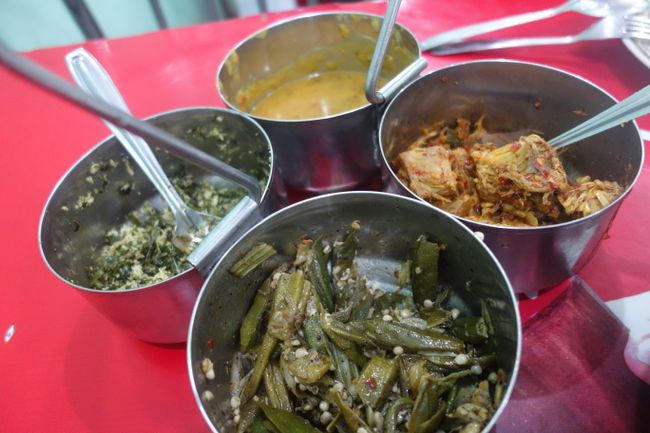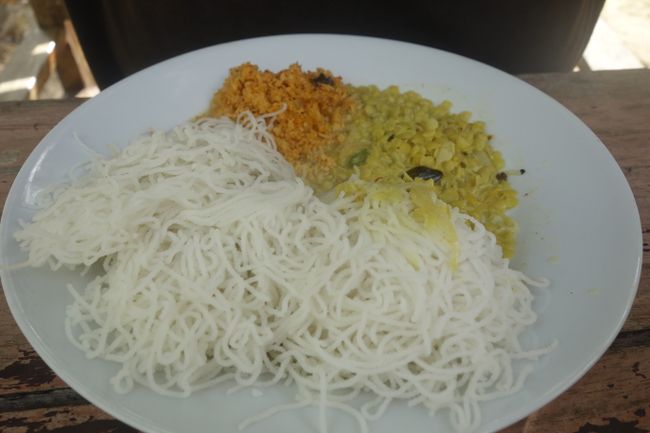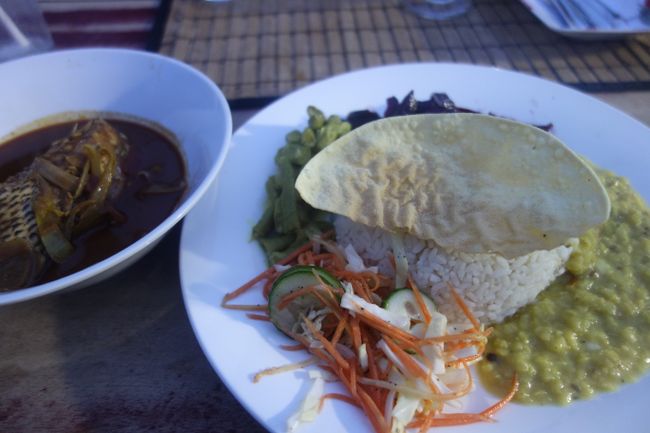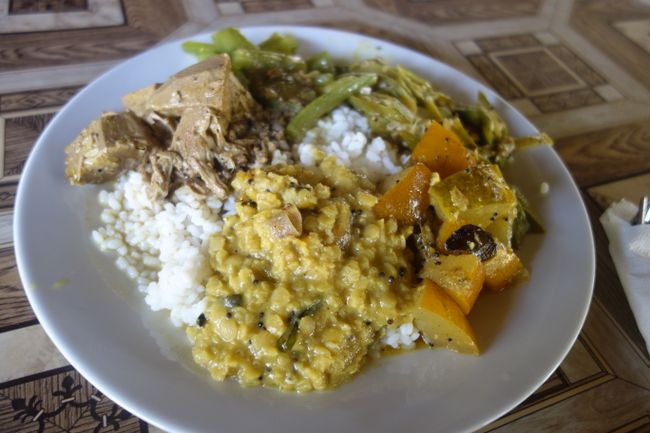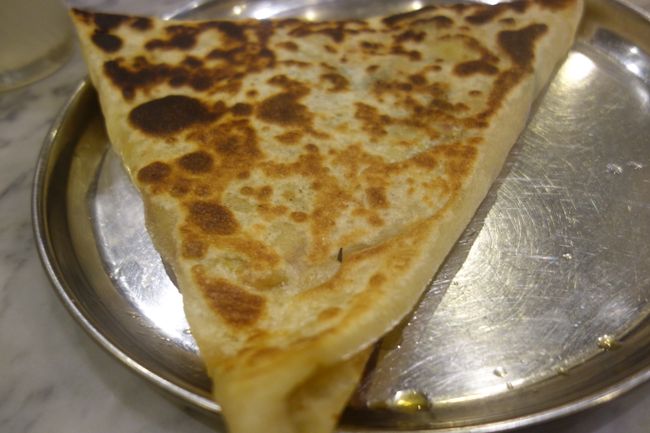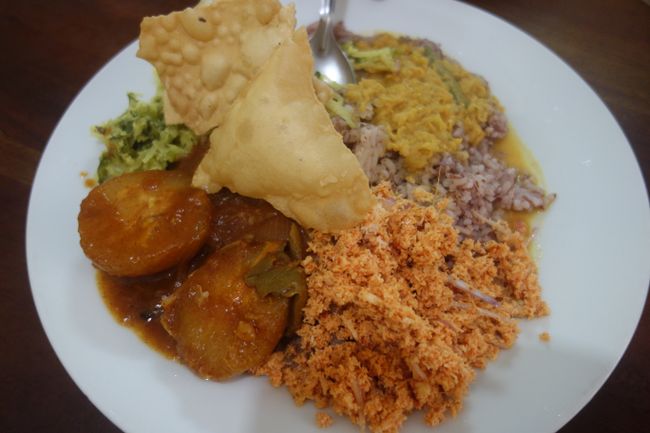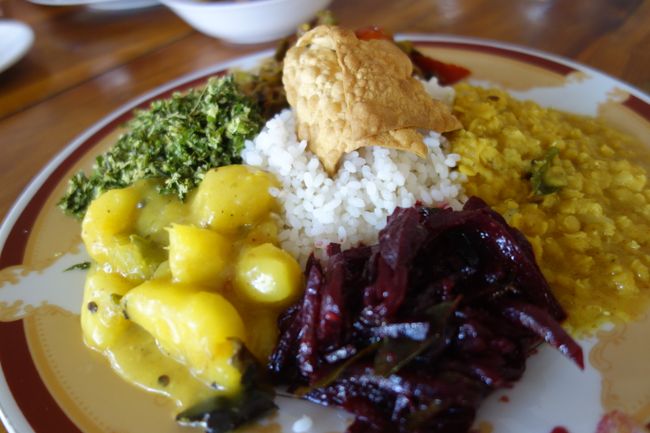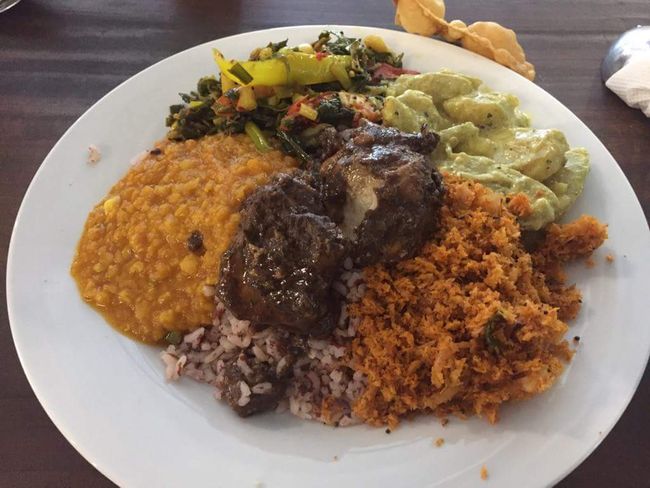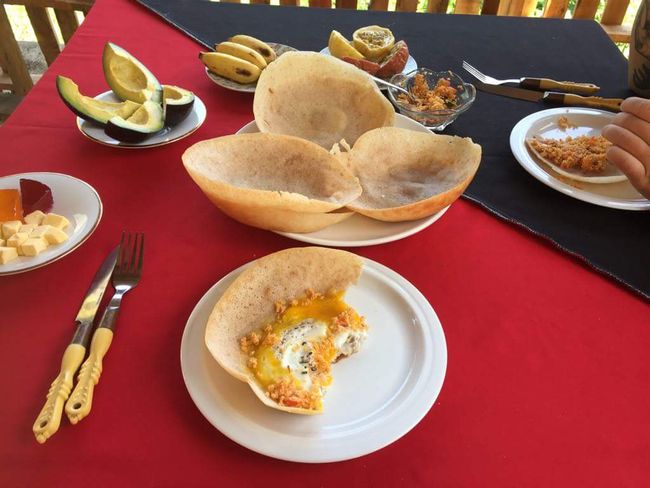Food in Sri Lanka
Нийтэлсэн: 16.09.2018
Мэдээллийн товхимолд бүртгүүлнэ үү
Of course, the most important thing about traveling is not to forget to taste local cuisine. And Sri Lanka did not disappoint us in this regard.
Now you might think that the food here is very similar to India, after all, there are only a few kilometers separating the two countries in some places. You can also inevitably recognize many similarities, especially with the South Indian cuisine, but it also has its own uniqueness. One thing that differs from the food culture of India and actually the majority of Asia is that in Sri Lanka, people prefer to eat at home. So there is only a very minimal street food culture and local restaurants are not nearly as common as in other Asian countries. In tourist areas, there are plenty of them, but you can already tell from the prices that not many locals eat there. Also, the spice in such local dishes is often milder to satisfy the tourist's palate. Therefore, we pre-ordered many meals in our accommodations, where it is usually cooked like in a Sri Lankan household. Of course, we didn't miss out on the option of 'Sri Lankan Spicy'.
However, where there is something to eat, it is often 'Rice and Curry'. On one plate, you get a large heap of rice, and the curries, which are already prepared, are arranged around it. The majority of curries are vegetarian or even vegan, sometimes they are seasoned with dried fish. You can choose a fish or meat curry, but it is only portioned sparingly. Like in India, many curries are highly spiced and hot. Some, like the Dal Curry, can even taste exactly the same. The curries with more sauce are mostly cooked with coconut milk. Animal milk products are hardly used here, at least as far as we have noticed. However, not all dishes are cooked with a lot of sauce, they are often kept relatively firm and seasoned with a light acidity. In contrast to Indian food, we found this to be very advantageous. Popular vegetables that are used in Sri Lanka more than in India are beetroot, young jackfruit, pumpkin, and banana flower. Of course, you can also find various types of beans, okra, eggplant, and drumsticks, just like in India. Another ingredient on most curry plates is sambol. Actually, it is used as a seasoning, but it rather resembles finely chopped salad. The most common variant is pol sambol, which is made from freshly grated coconut. It is combined with finely chopped tomatoes, lime juice, salt, and lots of chili. Another variant is a sambol made from raw onions, which often gave us a great breath odor for breakfast.
For breakfast, we mostly had it at the accommodation, as it was usually included in the room rate. We were happy that it was mostly a hearty Sri Lankan breakfast. Hoppers are probably the most famous breakfast dish. For this, a fermented rice batter is baked in small wok-shaped pans. The result is bowl-shaped pancakes that are fluffy and thick in the middle and thin and crispy on the edges. The taste is slightly sour like sourdough bread. Sometimes an egg is also fried in the middle, then it becomes an egg hopper. String hoppers are made from rice dough, pressed through a potato ricer with finer holes, and steamed. this results in noodle-like nests. Coconut rotis are a kind of fried flatbread in which a portion of the flour is replaced with grated coconut. Whatever is served for breakfast is accompanied by curry (mostly dal) and sambol. Except when there are sweet Sri Lankan coconut pancakes with sweet kithul and coconut filling. Kithul is a raw palm sugar syrup, which is often simply called 'Honey' here.
For a small snack in the afternoon, you can find so-called 'Short Eats' in many small bakeries. These are various types of pastries that are either fried, baked, or deep-fried. The dough can be thin or fluffy yeast dough. They are filled with mixtures of vegetables, fish, or chicken, sometimes also textured soy protein. What they have in common is that the fillings are usually well seasoned with pepper.
One last dish that needs to be mentioned is Kotthu. For this, leftover paratha flatbread from the previous day is cut into strips and stir-fried with vegetables, meat, fish, egg, or a mixture of them with oil in a wok. The result is a very filling meal that is also often eaten as a hangover breakfast.
This would be a rough overview of the cuisine of Sri Lanka. Spicy and delicious!
Мэдээллийн товхимолд бүртгүүлнэ үү
Хариулт

Шри Ланка аяллын тайлан

